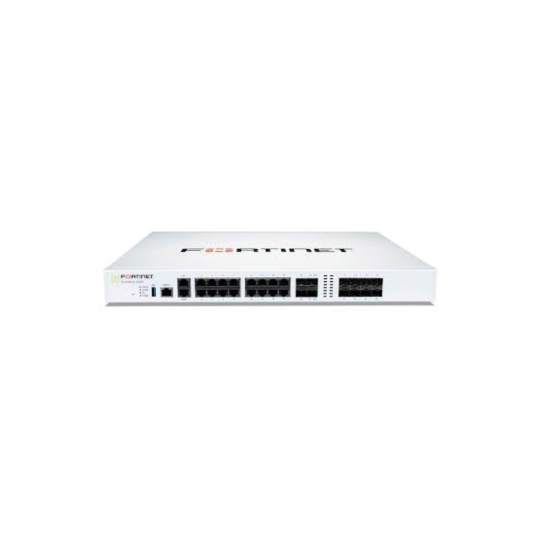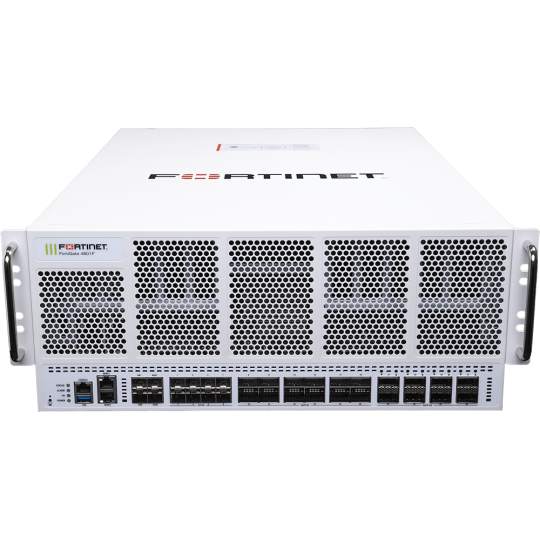Data entry outsourcing has long been a strategic approach for businesses seeking to optimize their operations by leveraging external expertise to handle labor-intensive tasks. However, the advent of artificial intelligence (AI) and automation is revolutionizing this field, bringing about unprecedented changes in how data entry is performed. This article explores the impact of AI and automation on data entry outsourcing, highlighting the benefits, challenges, and future trends.
The Evolution of Data Entry Outsourcing
Traditionally, data entry outsourcing involved manual data input by trained personnel. Companies outsourced these tasks to external vendors to reduce costs, improve accuracy, and focus on core business functions. While this approach provided significant benefits, it was not without challenges, including human errors, slower processing times, and the need for extensive training and oversight.
The Role of AI and Automation
AI and automation are now at the forefront of transforming data entry outsourcing. These technologies use advanced algorithms and machine learning to automate repetitive tasks, enhance data accuracy, and speed up processing times. Here’s how they are making a difference:
1. Enhanced Accuracy and Precision
One of the most significant advantages of AI in data entry outsourcing is the improved accuracy. AI systems can process vast amounts of data with minimal errors, far surpassing human capabilities. Machine learning algorithms can be trained to recognize patterns and anomalies, ensuring that data is accurately captured and validated.
2. Increased Efficiency and Speed
Automation significantly speeds up the data entry process. AI-driven systems can handle large volumes of data quickly, reducing turnaround times. This increased efficiency allows businesses to access and utilize their data faster, enabling more agile decision-making and improved responsiveness to market changes.
3. Cost Savings
By automating data entry tasks, companies can achieve substantial cost savings. AI and automation reduce the need for large teams of data entry clerks, cutting down on labor costs. Additionally, the increased accuracy and speed result in fewer errors and rework, further reducing operational expenses.
4. Scalability
AI and automation provide unmatched scalability for data entry outsourcing. These technologies can easily adapt to fluctuating workloads, handling peaks in data volume without compromising performance. This flexibility is particularly beneficial for businesses experiencing seasonal variations or rapid growth.
Implementing AI and Automation in Data Entry Outsourcing
While the benefits of AI and automation are clear, implementing these technologies in data entry outsourcing requires careful planning and consideration. Here are some key steps to ensure successful integration:
1. Identifying Suitable Tasks
Not all data entry tasks are suitable for automation. Businesses need to identify repetitive, rule-based tasks that can be effectively handled by AI. Complex tasks requiring human judgment and interpretation may still need to be performed manually or require a hybrid approach.
2. Selecting the Right Tools
Choosing the right AI and automation tools is crucial. Businesses should evaluate different solutions based on their specific needs, ensuring the selected tools offer the necessary functionality, scalability, and integration capabilities.
3. Training and Support
Implementing AI and automation involves training employees to work with new systems. Proper training ensures that staff can effectively manage and troubleshoot automated processes. Ongoing support from technology providers is also essential to address any issues and keep systems running smoothly.
4. Ensuring Data Security
Data security is a top priority in data entry outsourcing. Businesses must ensure that AI and automation systems comply with relevant security standards and regulations. Implementing robust security measures, such as encryption and access controls, helps protect sensitive information.
Challenges and Considerations
Despite the numerous benefits, there are challenges associated with integrating AI and automation in data entry outsourcing:
1. Initial Investment
The initial cost of implementing AI and automation technologies can be high. Businesses need to consider the long-term return on investment and weigh it against the upfront expenses.
2. Technical Expertise
AI and automation require technical expertise for implementation and maintenance. Businesses may need to invest in hiring or training personnel with the necessary skills.
3. Change Management
Transitioning from manual processes to automated systems involves significant change management. Employees may need time to adapt to new workflows, and businesses must manage this transition effectively to ensure a smooth implementation.
The Future of Data Entry Outsourcing
The integration of AI and automation in data entry outsourcing is set to continue evolving. Future trends may include more advanced machine learning algorithms, greater use of natural language processing, and the integration of AI with other technologies like blockchain for enhanced data security. As these technologies advance, businesses can expect even greater efficiencies, cost savings, and improvements in data accuracy.
Read also this article: How to Find the Perfect IT Staff Augmentation Partner for Your Needs
Conclusion
AI and automation are transforming data entry outsourcing by enhancing accuracy, increasing efficiency, reducing costs, and providing scalability. While there are challenges to overcome, the long-term benefits make the integration of these technologies a worthwhile investment. As AI continues to evolve, the future of data entry outsourcing promises to bring even more innovative solutions, further revolutionizing how businesses manage their data.













